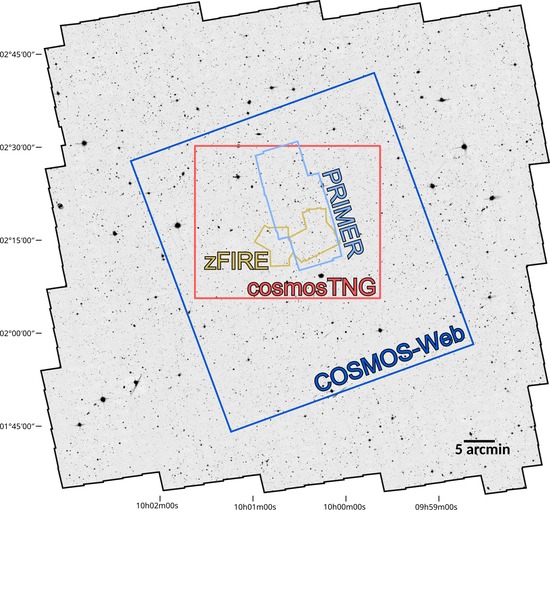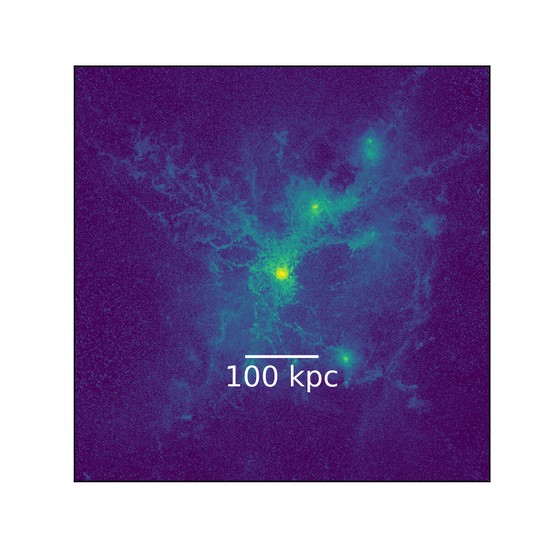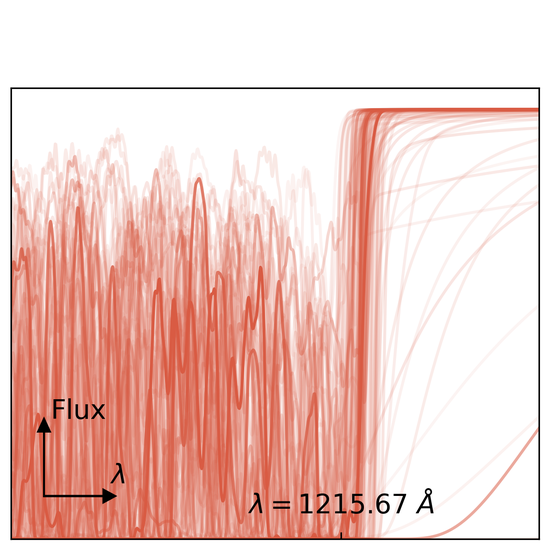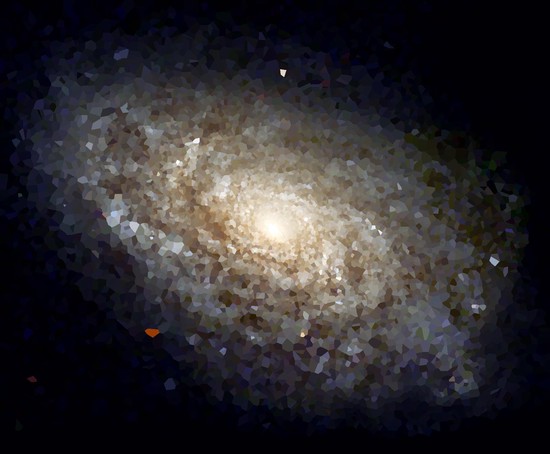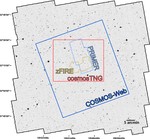Biography
I am a postdoctoral fellow at the Kavli Institute for Particle Astrophysics and Cosmology (KIPAC) at Stanford University, where I investigate galaxies in their embedding cosmic structure. To this end, I develop numerical tools and algorithms for running simulations and interpreting observations to test our understanding of galaxy formation and evolution since the Big Bang. Before moving to Stanford, I worked at the Institute for Theoretical Astrophysics in Heidelberg after obtaining my PhD in back in 2021 at the Max Planck Institute for Astrophysics in Eiichiro Komatsu’s group.
Interests
- Circumgalactic Medium and the Cosmic Web
- Cosmological Galaxy Formation Simulations
- Scientific Big Data
- Lyman-alpha Radiative Transfer
- Single-degenerate Type 1a Supernovae
Education
-
PhD in Physical Cosmology, 2021
Max Planck Institute for Astrophysics (LMU Munich)
-
MSc in Physics, 2017
University of Goettingen
-
BSc in Physics, 2015
University of Goettingen

